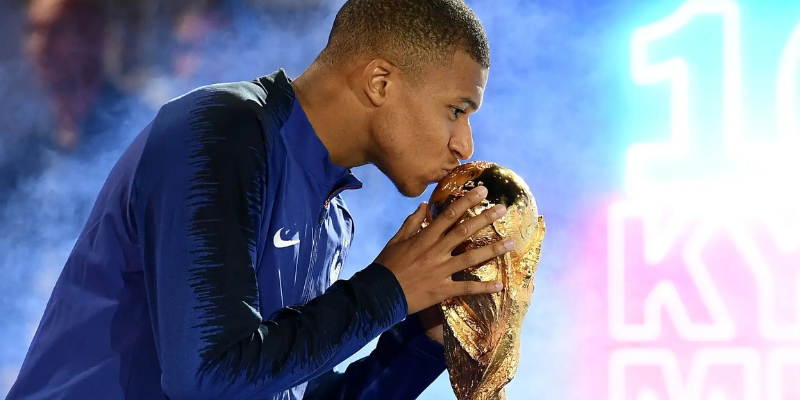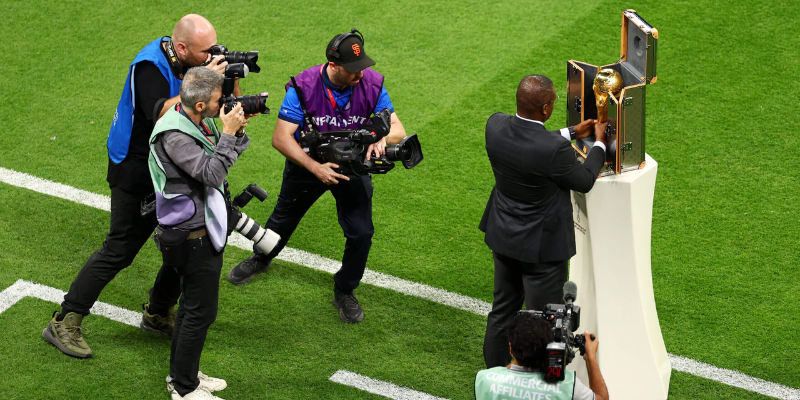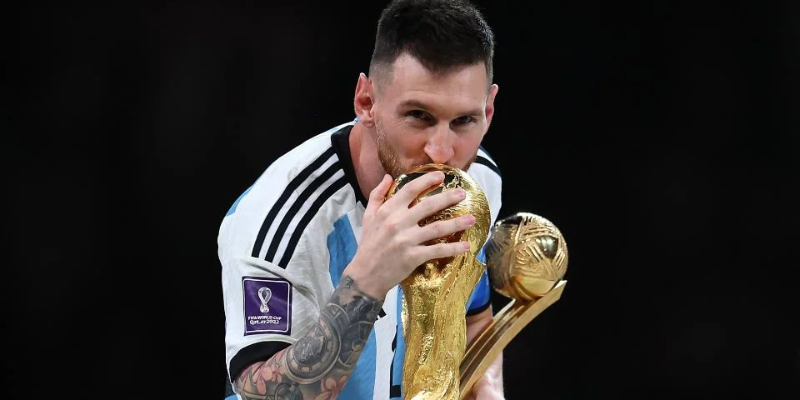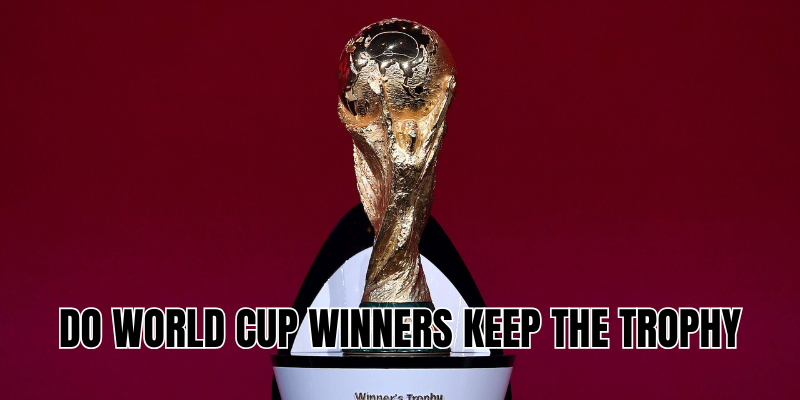In football, few things spark more awe than lifting the World Cup trophy — but here’s the big question: do world cup winners keep the trophy for good? The short answer: no — at least not the original. The winning country gets to bask in glory, hold and display the real trophy briefly, but they don’t own it permanently. What they do receive is a gold-plated bronze replica to keep. Below, CanLinkCup will walk you through the full history, rules, and some rare exceptions around this tradition.
What is the World Cup trophy and its history

To understand the rules, it helps to know what trophy we’re talking about.
- From 1930 to 1970, the trophy awarded was the Jules Rimet Trophy. After Brazil won their third title in 1970, they were granted permanent ownership of that original trophy.
- Because the Jules Rimet Trophy was retained permanently by Brazil, a new trophy was commissioned for the 1974 tournament. That’s the current FIFA World Cup Trophy, which is not simply handed over forever.
What winners actually receive

Here’s how it works today:
- Teams that win the World Cup are given the original trophy immediately after the final for the victory celebrations. But once those formalities are over, the original goes back under the care of FIFA.
- Instead, winners are awarded a gold-plated replica (made of bronze under the plating) which they keep permanently.
Rules, exceptions, and special cases

There are some extra details and exceptions to know about:
The “three-time winners” rule
- A team that wins the World Cup three times used toe able to keep the Jules Rimet Trophy permanently. That’s how Brazil came to own it after their 1970 win.
- With the new trophy (post-1974), no such rule exists. Winning three times does not grant permanent ownership of the original trophy today. Winners still receive only the replica.
Safety, security, and logistics
- The original trophy is extremely valuable, both symbolically and materially. There have been thefts historically (notably with Jules Rimet) and concerns about damage. Because of that, FIFA imposes strict control over where the trophy lives, when it travels, and who touches it.
- The original trophy is stored at FIFA’s headquarters (in Zürich) and is only brought out for certain occasions (e.g. the final match, the opening, official trophy tours) under tight security.
Why the rules changed
What caused the shift from permanent ownership to limited loan plus replica?
- The Jules Rimet Trophy was stolen multiple times. Once in England (1966), again in Brazil. It was eventually taken and believed melted down. Such incidents made clear the risks of giving perpetual custody.
- As the tournament grew in prestige and value, FIFA increasingly saw the original trophy as a global heritage object, needing central care, conservation, and consistent display. It made more sense to retain ownership and control.
What winners do vs what they don’t
Here’s a side-by-side look:
| What winners get | What winners don’t get |
| The original trophy temporarily, for the victory ceremony | Permanent ownership of the original solid gold (or gold + bronze/malachite) trophy |
| A gold-plated bronze replica to keep forever | Rights to the original trophy outside of official events or display purposes |
| Their names engraved on the base of the trophy (in the official versions) | Ability to alter or modify the original trophy or keep it stored locally long-term (outside FIFA control) |
What about past trophies and special cases
- Brazil and the Jules Rimet Trophy: Brazil remains a rare exception — they permanently got the original Jules Rimet Trophy after winning their third World Cup in 1970 under the rule in effect at the time.
- After 1974: No team has ever kept the FIFA World Cup Trophy permanently, even if they have won multiple times. The three-win rule was not carried over.
Why fans and players care
There’s more than just rules — there’s emotion and symbolism:
- Lifting the original trophy live in the stadium is one of the most powerful images in sport. It represents global supremacy, national pride, and dreams fulfilled.
- Even though the replica isn’t the original, for most players and fans it embodies the same recognition — its value is in the achievement, not just the metal.
- The policies ensure that future generations can see, study, and physically connect with the genuine artifact. It preserves history.
Conclusion
Do world cup winners keep the trophy? Not the original, no. After lifting it and celebrating, the real trophy returns to FIFA’s safekeeping, and the winners walk away with a gold-plated bronze replica that they can keep forever. Only in the past — in the case of the Jules Rimet Trophy and Brazil — was permanent ownership granted under a different rule.
If you’re curious about how the design evolved, how replicas are made, or want stories of stolen trophies, stay tuned at CanLinkCup — because next, we might explore the mystery of the Jules Rimet Trophy, or profiles of the countries that have lifted the World Cup most often.







